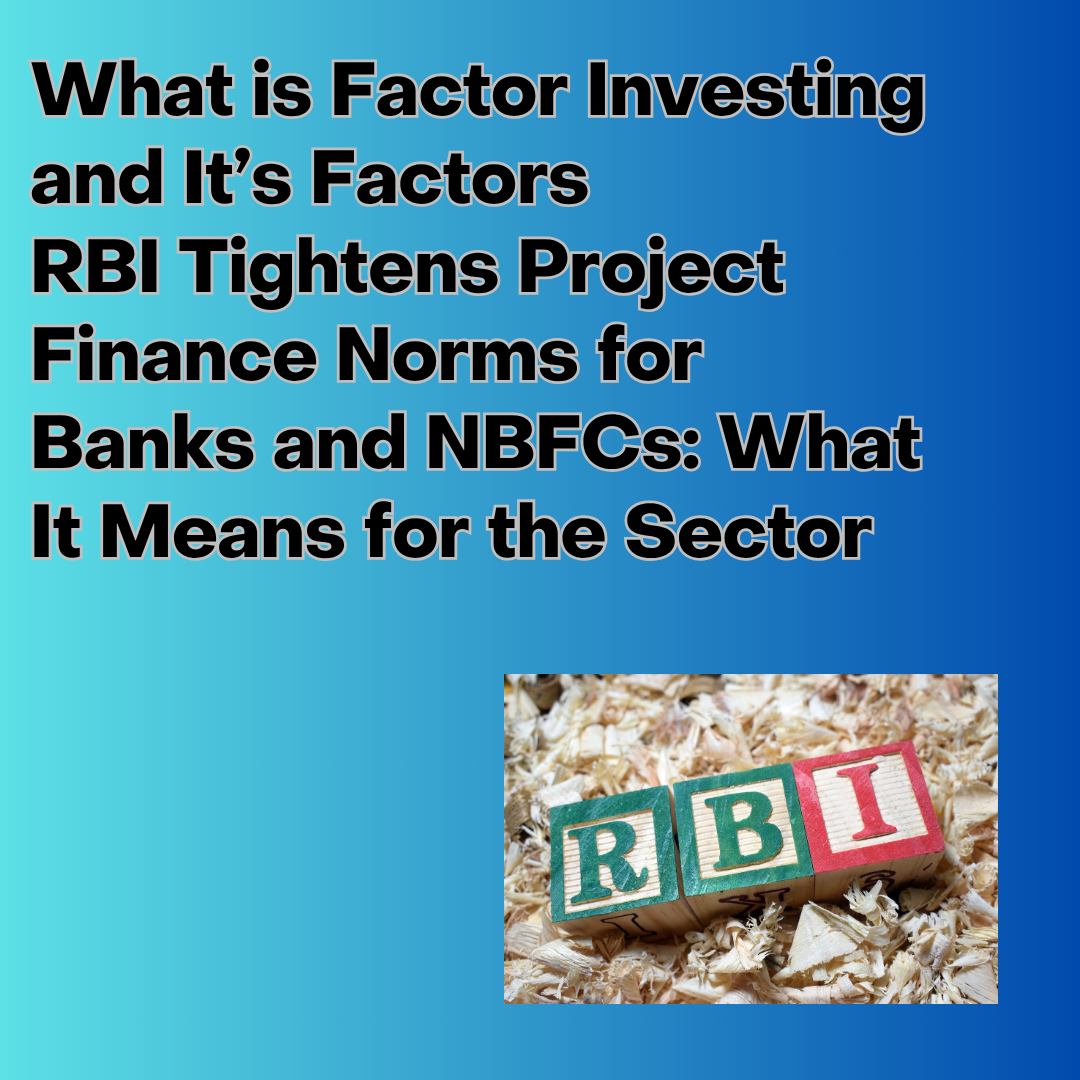- SENSEX 82408.17 1046.3 (1.27%)
- NIFTY 50 25112.4 319.15 (1.27%)
- GOLD 99096 -13 (-0.01%)
- SILVER 106275 51 (0.05%)
- NASDAQ 19547.22 0.95 (0%)
- FTSE 8784.27 66.3 (0.75%)
- Nikkei 37724.11 192.58 (0.51%)
- Crude 6419 -6 (-0.09%)
- USD/INR 86.5936 0.01 (0.02%)
- EURO 99.7488 -0.1 (-0.1%)
- POUND 116.4033 -0.19 (-0.16%)
- SENSEX 82408.17 1046.3 (1.27%)
- NIFTY 50 25112.4 319.15 (1.27%)
- GOLD 99096 -13 (-0.01%)
- SILVER 106275 51 (0.05%)
- NASDAQ 19547.22 0.95 (0%)
- FTSE 8784.27 66.3 (0.75%)
- Nikkei 37724.11 192.58 (0.51%)
- Crude 6419 -6 (-0.09%)
- USD/INR 86.5936 0.01 (0.02%)
- EURO 99.7488 -0.1 (-0.1%)
- POUND 116.4033 -0.19 (-0.16%)

Gold prices in India have seen a mild pullback, retreating from recent highs as investors and traders pause to assess what comes next from global central banks, including the US Federal Reserve and the Reserve Bank of India (RBI).
After months of strong gains, driven by geopolitical risks and inflation concerns, the yellow metal is consolidating — reflecting caution ahead of key monetary policy announcements.
Let’s explore what’s driving this pullback and how it could impact investors like you.
Why Central Bank Cues Matter for Gold
Gold, traditionally viewed as a safe-haven asset, tends to shine in times of uncertainty, low interest rates, and high inflation. However, when central banks signal tighter monetary policy, gold often faces headwinds.Here's how central bank policies impact gold prices:
1. Interest Rate Expectations
- If the US Fed or RBI hints at higher interest rates, returns from interest-bearing assets (like bonds and deposits) become more attractive, reducing gold’s appeal.
- Gold doesn’t yield interest or dividends — it thrives when rates are low.
2. Inflation Outlook
- Central banks’ stance on controlling inflation affects gold demand.
- If inflation is expected to cool down, demand for gold as an inflation hedge may drop.
3. Currency Movements
- A stronger US Dollar typically pushes global gold prices lower, as gold is dollar-denominated.
- In India, a weaker rupee can offset this by making imported gold costlier — but not always enough to support prices when global cues turn bearish.
Global Context Behind the Pullback
- The US Federal Reserve is expected to keep interest rates elevated for longer amid sticky inflation.
- Comments from Fed officials about being cautious in cutting rates have dampened bullish sentiment in precious metals.
- Meanwhile, investors are rebalancing portfolios and locking in gains after gold touched record highs earlier this year.
In Indian Gold Price Trends
- In India, gold had recently surged past ₹72,000 per 10 grams in many cities.
- However, over the past few days, it has corrected to the range of ₹70,000–₹70,500, depending on the region.
- Traders and retail buyers are now adopting a wait-and-watch approach ahead of policy decisions by central banks.
What Does It Mean for You as an Investor?
Short-Term Correction ≠ Long-Term Trend
This pullback is likely a healthy consolidation — not a trend reversal. Gold still holds long-term value in portfolios, especially as a hedge against global uncertainty.
Use This Dip Strategically
- Investors can accumulate gold during pullbacks via SGBs, gold ETFs, or digital gold.
- Don’t rush to sell unless you need liquidity — gold is a long-term stabilizer, not a short-term trade.
Consider Diversified Exposure
If you're already exposed to equity and debt markets, maintaining a 5–15% gold allocation is a smart way to balance risk.
What to Watch Next
- US Fed meeting minutes and comments from Fed Chair Jerome Powell
- RBI’s next monetary policy review
- US inflation and jobs data
- Global risk factors: geopolitical tensions, oil prices, and China’s economic signals
Final Thoughts
Gold’s recent pullback in India is more about market positioning than a loss of investor faith. Central banks are holding the cards, and traders are adjusting portfolios accordingly.
If you're investing with a long-term view, stay patient, stay diversified, and use corrections wisely. Gold still remains an important pillar of wealth preservation.


